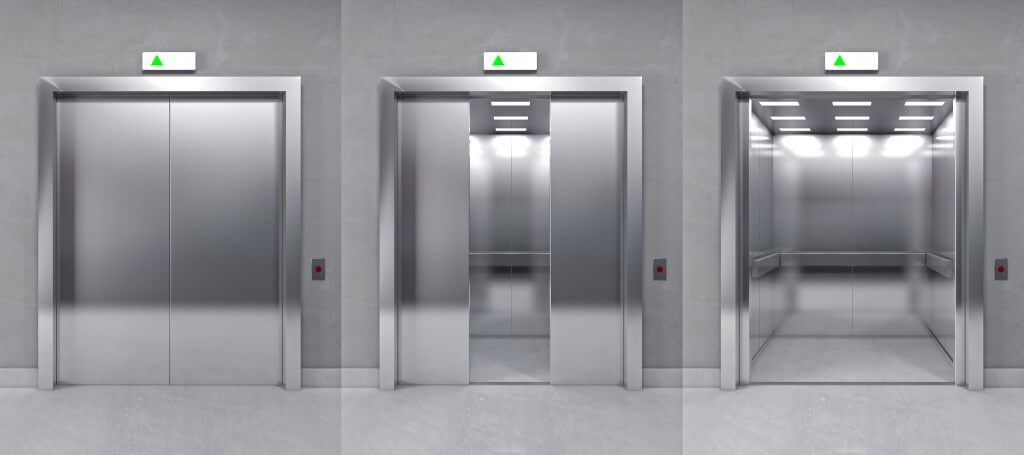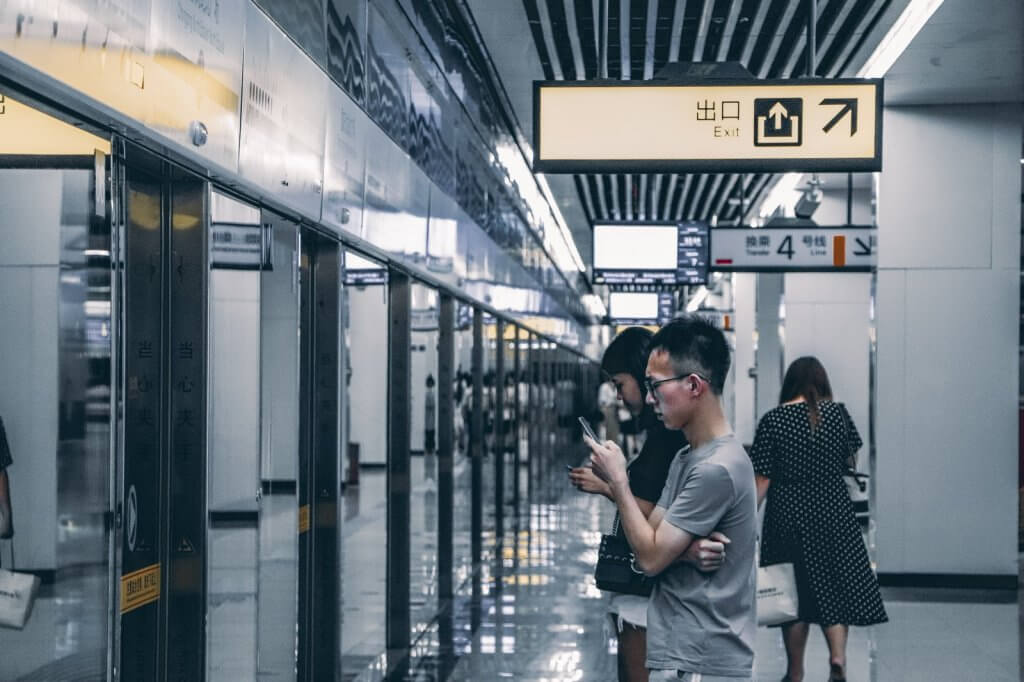Share
I’m going to take a walk through the historical centre of a town I have not visited before, while listening to a podcast that introduces me to the history.
To follow the story without getting lost, my smartwatch guides me and releases small vibrations when I have to make a turn. While I walk, I take voice notes, I check the voice assistant, and I take the opportunity to make a call to consult a colleague about a place he had recommended to me in the area. When I return home I listen to the notes, check the whole journey and have detailed information about the route, steps, times, etc.
I did all this walk having left my smartphone at home, and carrying only a smartwatch and headsets. Today we are sort of used to all these options with more or less fancy features, but 5 years ago I would not have imagined having this possibility to introduce myself experientially to a subject.
We live in the future and we haven’t realised it; the constant urge to live in a futuristic way makes it difficult for us to see the current scenario with a certain perspective because it has arrived gradually.
Many things have happened in the elearning spectrum in the last 15 years, however in my view in the field of corporate learning there have been no significant massive innovations beyond formats and the introduction of more devices. There is much talk of VR, AR, AI and other acronyms, but the elearning available to us today is quite similar to yesteryear, and in many cases made worse by the absolute lack of time, the need for immediacy, the constant competition with the first page of the search engine, and the memes on social networks (that are sometimes even misunderstood with micro-learning).
Being already in the fourth industrial revolution, close to the change of cycle and economic model, and living all kinds of transformations in companies, the need to cover the gap of capabilities, skills and knowledge is key in an environment where no longer lifelong learning is discussed, but the importance of unlearning and relearning, in order to move forward.

According to the World Economic Forum, skills, not job titles, are the new metrics of the labour market. For people working in areas of Talent Development, closing that skill gap is the best way to demonstrate value in learning programs.
So… what can we do to narrow that gap?
1/ Dedicate time to designing the learning experience
In the same way that it happens in classroom training, take some distance from the mere digitization of content to address the pedagogical transformation to achieve an end, understanding that the process can not involve a single iteration and a single methodology, but a set of elements.
Compared to traditional instructional design, the learning experience design (LxD) is more user-centred and looks at a holistic learning experience. Thus, it is important to take time to understand your audience and their behaviour through Design Thinking (to empathise). It is also important to talk with stakeholders to find out what is the desired business outcome, and what action or behaviour change needs to happen to achieve it? By applying Performance Consulting models we can achieve this.
2/ Involve experts and middle managers
As creators who curate, contextualise, tell their stories, help make sense of the need in the organisation’s environment, because take into account the specific needs of the group bringing value. Moreover, help connect the dots between learning and performance (on the job training and 70-20), and energise and engage during the delivery and promotion of the learning experience.
Third-party content libraries can help as a theoretical support and complement, but they cannot be the single resource.
3/ Measure, collect information during the process and iterate.
No two groups are the same, and just as in digital marketing audiences, behaviours, devices, usage times are analysed, A/B tests are carried out and the purchase experience is adjusted to focus everything on the consumer, in the framework of elearning we can act accordingly, to be able to personalise considering the student’s motivations.

The Elevator Pitch
We would like to help ACME Corp sales team to perfect their “elevator pitch” to attract attention in the event of a chance meeting, and get more visits.
The process begins when each student receives a notification in their smartphone app, indicating that they have only 2 hours to complete an activity on the Learning Experience Platform (LXP or next generation LMS) that will take 5 minutes. When the students access the micro-learning activity, they are explained that they must record a voice memo of no more than 20 seconds, simulating that they have to catch the attention of an old acquaintance from the university who runs a target company, who is in the elevator. The note must be uploaded to a group which has been added to corporate instant messaging (IM) today. During that morning, many voice notes will appear, the recordings of other colleagues.

The next day each student receives a private message with a link that takes them to the second step of the process, which is a brief explanation in which they are told that they must analyse the shared recording of a certain colleague, following the “LDS” (Like-Dislike-Suggestion) methodology. They must write a message in the IM group with what they like best, what they don’t like, and how they would improve it. By clicking on it, they go directly to the group, and in addition to making their contribution, they can read those of other colleagues.
Two days later, the student receives a newsletter by mail, introducing the best practices to create their own “elevator pitch”, with a small computer infographic and a link to continue the online learning on the platform. There you will find a detailed explanation (10-minute reading), a 3-minute video with four different professional examples, and a schematic detail of how to plan to create your own pitch (2 minutes).
Finally, a week after the start, another private message is sent, calling once again to record another voice memo in the group, applying what has been learned. Voting will take place and 3 winners will be chosen to go to breakfast with their Sales Director and the company’s CEO the following week.
Are you ready?
In summary, we have a scenario in which we need to renew knowledge at shorter intervals to develop specific skills for the business, and we can innovate in learning taking advantage of the new technologies and devices. To properly combine all elements and provide a learning experience that reduces time and increases effectiveness between learning and putting into practice, it is essential to create a complete, holistic experience that closes the gap from creation, selection of content and experiences to relevant measurement, which connect with business indicators (KPIs or OKRs).

This “new digital era” presents enormous opportunities for people with the right skills, experience and mindset, as they will be the ones to transform organisations. Helping them to develop should not be aspirational, but a call to action that involves us all.
Header photo by 偉宗 勞 on Unsplash.
Share

